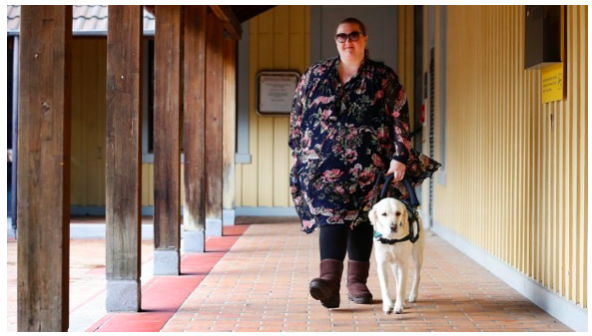The February 1 deadline for the Fulbright Public Policy Fellowship is fast approaching, but there’s still time to get helpful advice on how to prepare your Statement of Grant Purpose: Public Policy Fellowship Goals & Situation Response.
Here are some tips:
- Develop intellectually-compelling goals and a thoughtful situational response – This is the most important factor in developing a successful application. Develop an intellectually-compelling set of Fellowship goals, and a thoughtful response to one of the scenarios for the Situational Response. The first step is to familiarize yourself with the major public policy issues impacting the country to which you apply. Fellowship placements will vary from country to country.
- Address the Following Points in the Fulbright Public Policy Fellowship Section:
- Familiarity with the culture and chief public policy issues of the country/region.
- What are your goals; what do you propose to do?
- What knowledge, experience and skills do you possess that will make you successful in this kind of assignment?
- What contribution will you make toward the Fulbright goal of promoting cultural exchange and mutual understanding?
- How will the fellowship help further your academic or professional development?
- How will you engage with the host country community? Briefly describe what you propose for your academic component (independent research project or fellowship related coursework).
- Situational response (1 page) – You should highlight some of the following characteristics:
- service orientation;
- flexibility and resourcefulness;
- organizational skills;
- competencies such as writing, communication and IT skills;
- ability to work behind the scenes in a supportive role.
- Be Clear and Concise – The individuals reading the proposal want applicants to get to the point and be direct. Avoid discipline-specific jargon.
- Organize the Statement Carefully – Don’t make reviewers search for information. We urge you to have several people read and critique your Statement, including a faculty adviser, a faculty member outside your discipline, a fellow student, and/or a colleague.
- Adhere to the Following Format:
- Length is limited to 2 pages for Part A: Fellowship Goals and 1 page for Part B: Situational Response. Please adhere to the page limit for each essay. Longer essays will not be presented to screening committees
- Do not include any bibliographies, publications, citations, etc., except those that will fit in the two-page limit.
- Use 1-inch margins and Times New Roman 12-point font.
At the top of each page include:
- On line 1: Essay 1, Part A: Policy Fellowship Goals/Essay 1, Part B: Situational Response as applicable.
- On line 2: Name, Country of Application, and Field of Study
- On line 3: Project Title as it appears in the Biographical Data section of the application
Want more tips? Click here. Also, but sure to check out the Fulbright Public Policy Fellowship online tutorial (Tutorial 4) and attend the webinar on Wednesday, January 16, 6:00 p.m. – 7:30 p.m. Eastern Time.



No Comments